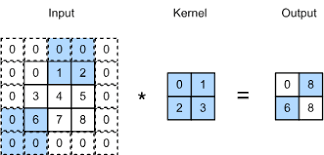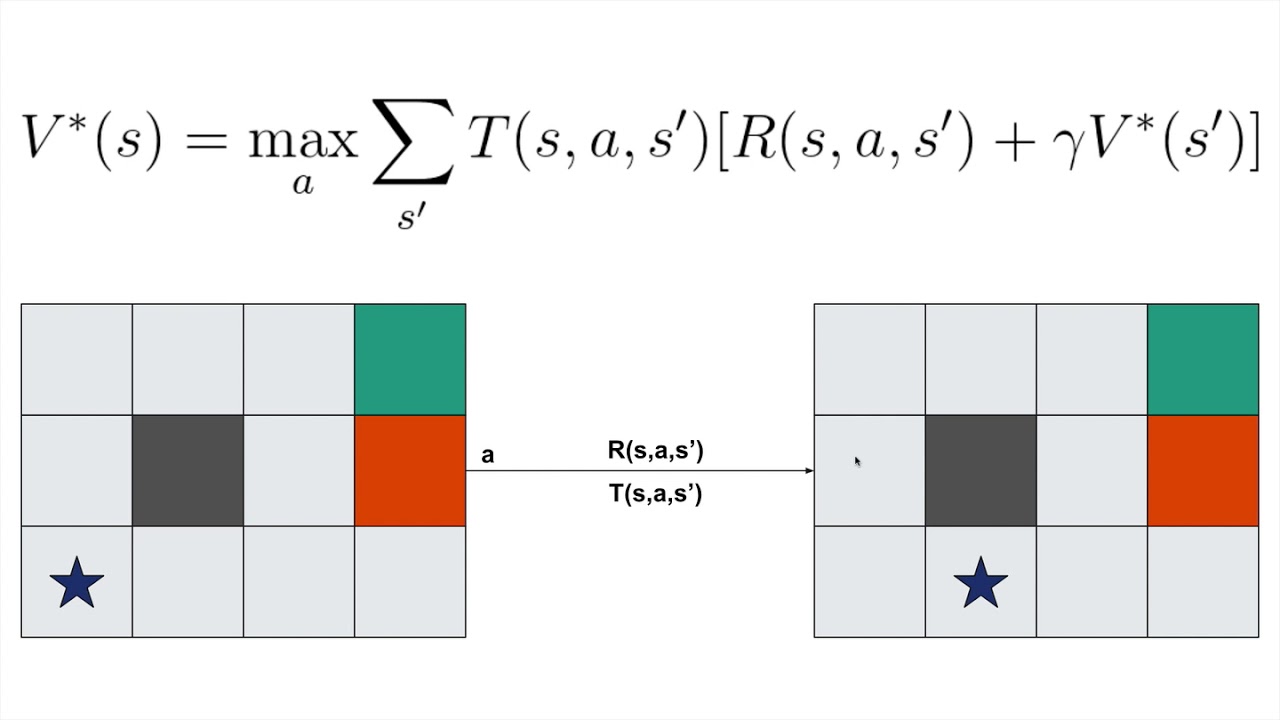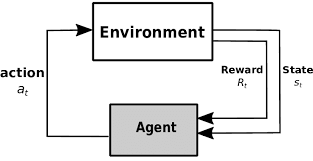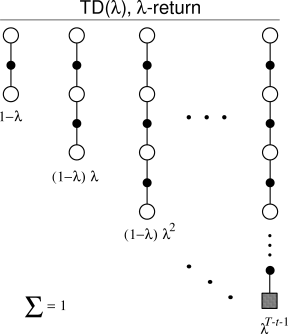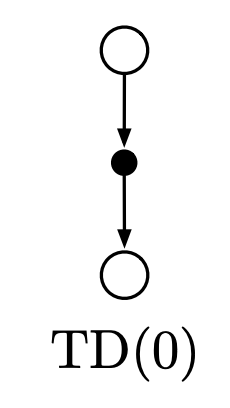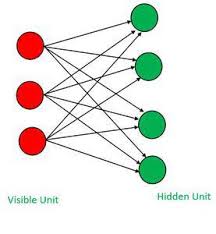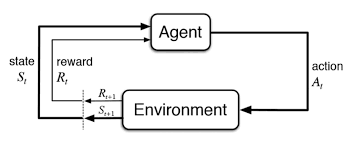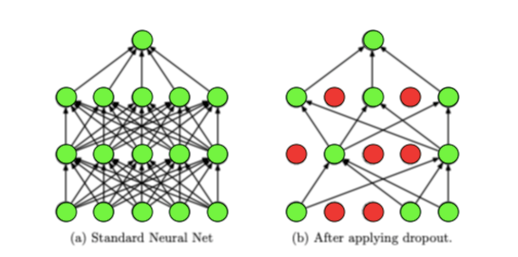Strides and padding emerged as essential concepts in convolutional neural networks (CNNs), which were first applied to image recognition tasks in the 1980s.
Variational Autoencoders (VAEs) are powerful tools that encode data into probabilistic latent spaces, enabling creative data generation and advanced applications like image synthesis and anomaly detection. Widely used across Australian sectors, they improve statistical modelling, satellite imagery, and health data analysis.
Value iteration, introduced by Richard Bellman in the 1950s, is a dynamic programming algorithm that optimises decision-making in structured environments. Widely used in reinforcement learning, it plays a pivotal role in policy derivation, resource allocation, and traffic optimisation.
The concept of rewards in machine learning, inspired by behavioural psychology, serves as a guiding mechanism for AI systems to optimise decision-making. Widely used in reinforcement learning, rewards enhance performance in diverse applications, from traffic management to energy optimisation.
Environments in machine learning act as dynamic playgrounds where AI models learn, adapt, and optimise performance through structured feedback. Widely used across industries, they simulate real-world scenarios, ensuring safer and cost-effective training for AI systems.
TD(λ) is a reinforcement learning algorithm that balances short-term and long-term learning, offering efficient and scalable optimisation in complex environments. Its real-world applications include weather prediction, traffic management, and fraud detection, showcasing its versatility.
TD(0) is a foundational reinforcement learning algorithm that excels at incremental decision-making in uncertain environments. Its adaptability and efficiency make it a powerful tool for real-time applications in industries ranging from transport to energy regulation.
Restricted Boltzmann Machines (RBMs) are foundational tools in deep learning, excelling in unsupervised learning tasks like feature extraction, dimensionality reduction, and collaborative filtering. They have significant applications in industries ranging from healthcare to energy efficiency.
Reinforcement Learning (RL) is a powerful AI technique that teaches agents to learn and adapt through rewards and penalties, enabling automation, optimisation, and decision-making in complex systems. With applications in gaming, robotics, and government projects, RL is shaping the future of artificial intelligence.
Regularisation and dropout are essential techniques in machine learning that improve model generalisation and robustness by reducing overfitting. These methods enable models to handle complex, noisy datasets effectively, with wide applications in healthcare, education, and infrastructure planning.


